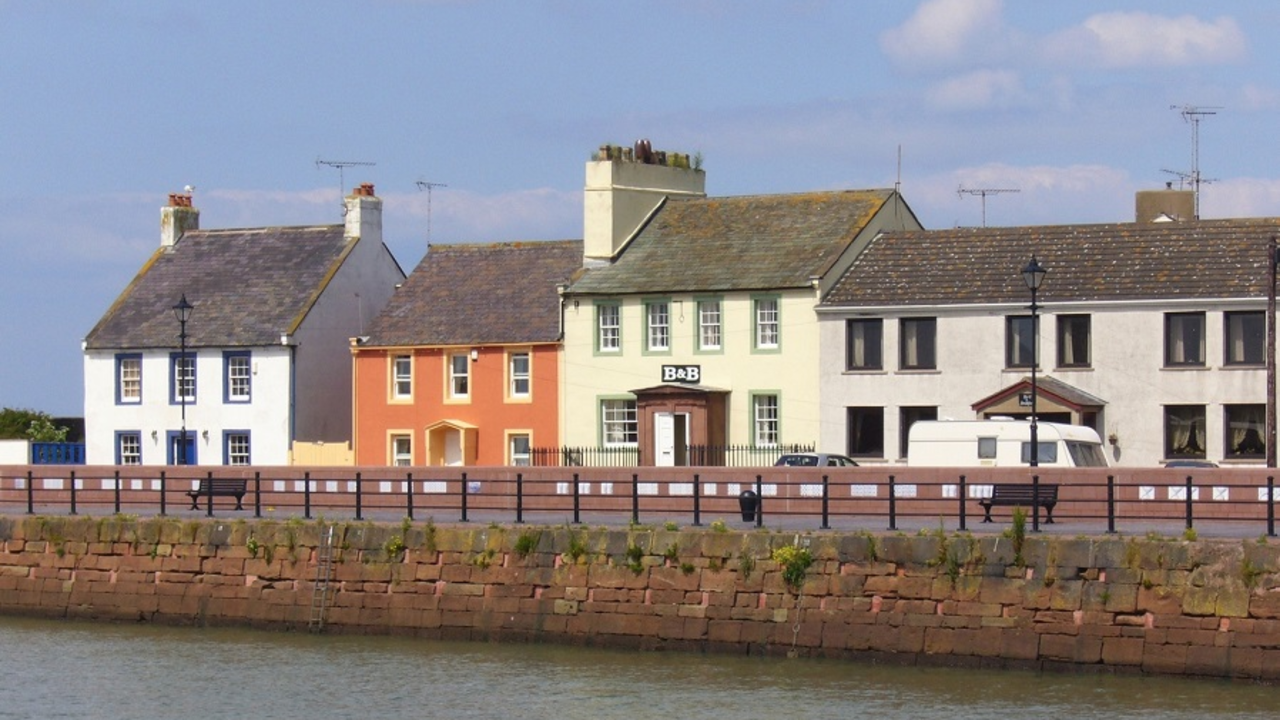What qualifies a property as an HMO?

HMOs are a typical point where a clash of opinions occurs.
HMOs get valued as commercial properties, but HMOs converted from what was an ordinary residential property, rather than a commercial to residential conversion such as a pub or offices are NOT a commercial property, but a residential property temporarily being used for a commercial purpose.
These are the main differences between actual commercial properties and residential properties converted to HMO.
| Commercial | HMO |
|
|
|
|
|
|
|
|
|
|
|
|
|
|
|
|
A Lender’s surveyor’s default position is to value an HMO on a bricks and mortar basis, unless they see compelling reasons not to. Their expectation is that they are valuing a normal residential property and will always have in mind how they will cover their investment and costs if they have to repossess the property.
A lender will never consider selling an HMO as a going concern; they will want to sell it with vacant possession. So tenants will be given notice to quit under the terms of the Assured Shorthold Tenancy Agreement (AST) and all the furniture will be cleared.
The key concern of any lender’s valuer is how the property’s appearance compares with adjacent properties? If you enter the house, does it resemble the property next door? If it does, it will be valued as a private dwelling.
HMOs that are valued on a commercial multiple of the rental income have undergone a far more significant conversion or transformation so they cannot be marketed as a family home. These changes would include:
- En-suites in every bedroom.
- ‘Kitchenettes’ in every bedroom to provide the ability to make a cup of tea and a basic breakfast
- In the communal kitchen, two range cookers would be installed and often two separate sinks.
- Wired-in smoke, fire and CO2 alarms.
- Floor or skirting-board based emergency exit lighting (similar to that on aircraft).
- Sprinkler system.
That would probably cost you £40-50K and the property cannot be marketed as a family home.
In order to fulfil your expectation of getting a commercial income-based valuation there needs to be at least:
- A provable local demand for an HMO
- OR Article 4 is in place
- OR planning permission or Sui Generis planning
- AND the fabric of the building has been significantly changed.
Surveyors will work on gross and net multiples of income taking into account void periods, letting agency fees, repairs and maintenance and utility bills.
Income multiples used can vary in different parts of the country so it’s important to do some research to ensure you know what to expect.
You can learn more here:
- Contact Kevin Wright over on his Facebook page.
- Browse the Recycle Your Cash online training library by clicking here.
- Attend an upcoming 1-Day Property Finance Masterclass event - Book in here.






